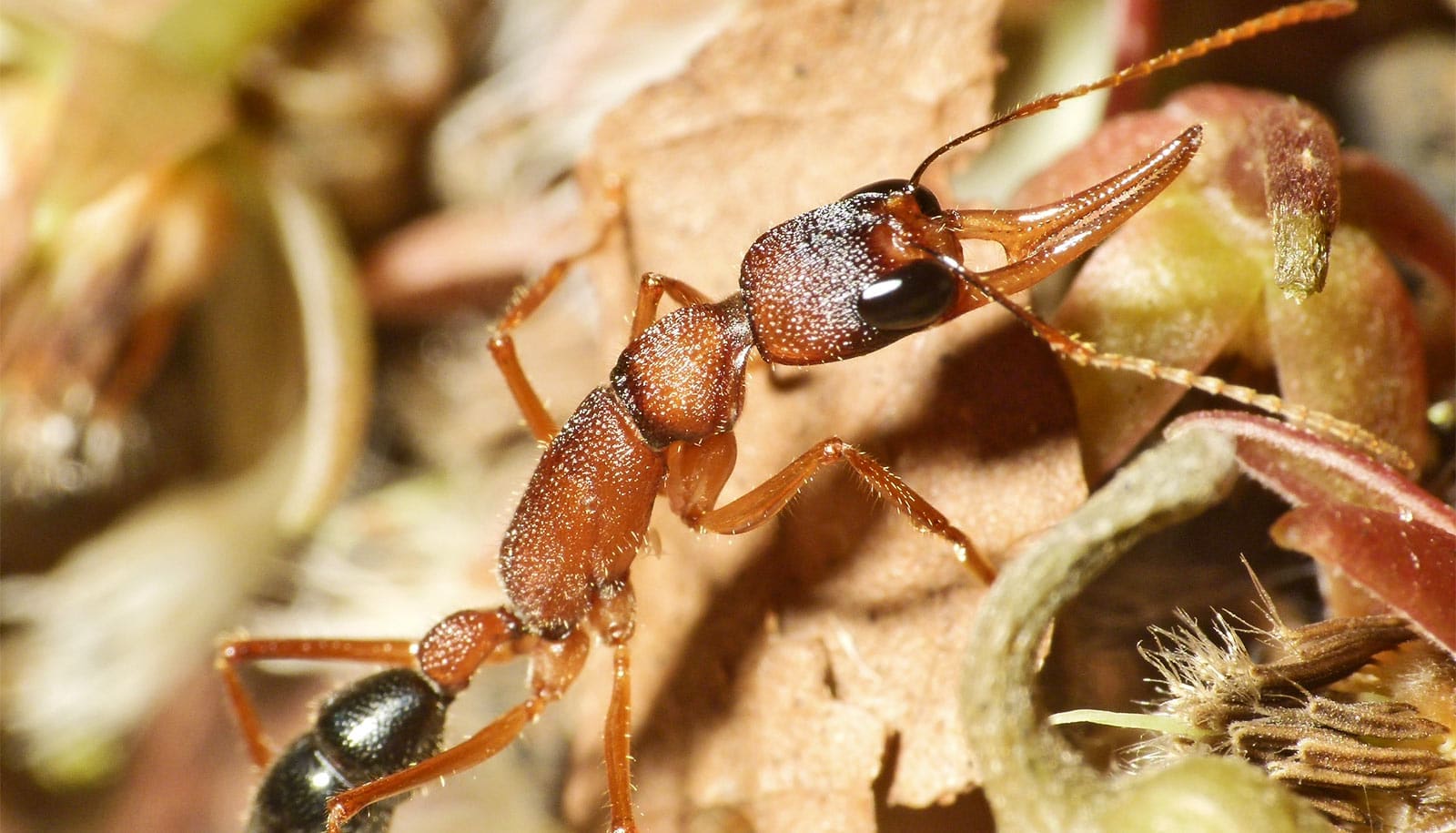A protein that appears to play a vital role in airway function is virtually missing in people who have asthma. The discovery points to a potential new treatment.
When the protein, called SPLUNC1, is low or missing, people experience airway constriction, mucus production, chest tightness, and breathing problems.
“This protein could be a potentially new target to go after, and it could really benefit a lot of people.”
Robert Tarran, associate professor of medicine and a member of the UNC Marsico Lung Institute, linked the protein to cystic fibrosis. He and colleague Steve Tilley, associate professor of medicine at UNC-Chapel Hill, wondered what role it might play in asthmatics.
“We first measured SPLUNC1 levels in airway samples obtained from asthmatics and normal volunteers in the UNC Center for Environmental Medicine, Asthma, and Lung Biology,” Tilley says. “We were astonished to find that SPLUNC1 levels were markedly reduced in people who have asthma.”
Using mouse models that were given allergens similar to people who suffer from asthma, Tilley’s lab found that SPLUNC1 levels were depleted in the airways, similar to the findings in humans with asthma, and that restoring SPLUNC1 reversed airway hyper-responsiveness, which is a cardinal feature of asthma.
Helps muscles relax
Tarran’s lab determined that SPLUNC1 could regulate airway smooth muscle contraction by preventing a calcium entry into smooth muscle cells, providing a mechanistic explanation of how a deficiency of this protein might lead to airway hyper-responsiveness. Nature Communications has published the results.
“People have been studying SPLUNC1 and its role in the context of other diseases, such as cystic fibrosis and lung cancer, but we believe that we are the group to identify its role in asthma,” Tarran says.
Epithelial cells that line airways produce the SPLUNC1 protein.
“We found that this protein, which is actually turned off by excessive inflammation, is needed to cause the muscle to relax. It’s essentially a muscle-relaxing factor that’s missing from asthma patients. It’s something that normally acts as a brake,” Tarran says.
House dust reveals how Amish kids avoid asthma
A potential therapy for asthma would be to replenish either the whole protein or part of the protein, which could be delivered via a nebulizer or inhaler.
“Most of the asthma therapies people use are inhalers, which have been around for decades. There have only been a few new asthma medications in the past 10 or 20 years, and they’re still being evaluated,” says Tarran. “This protein could be a potentially new target to go after, and it could really benefit a lot of people.”
The National Institutes of Health funded the work.
Source: UNC-Chapel Hill



